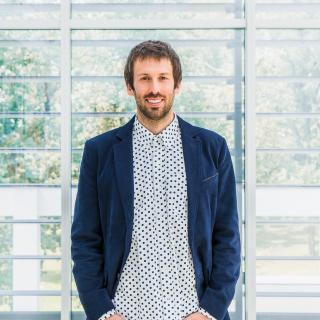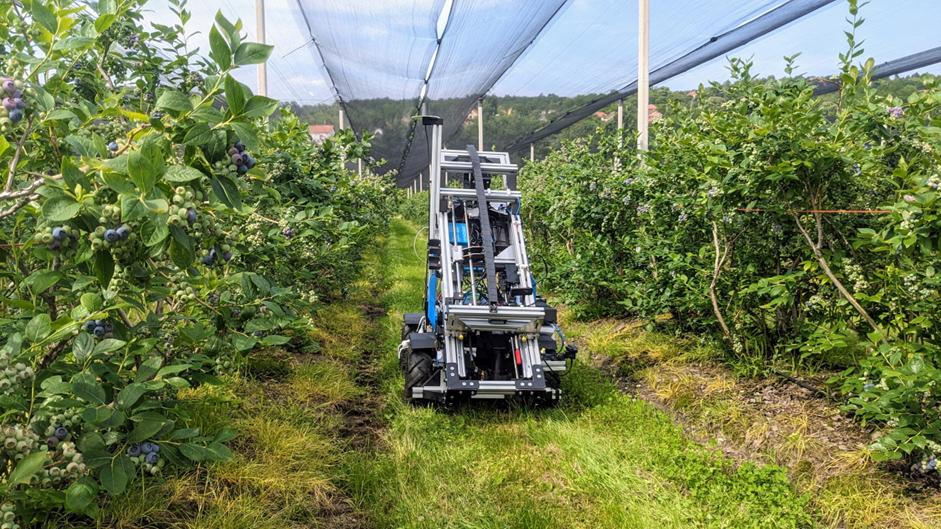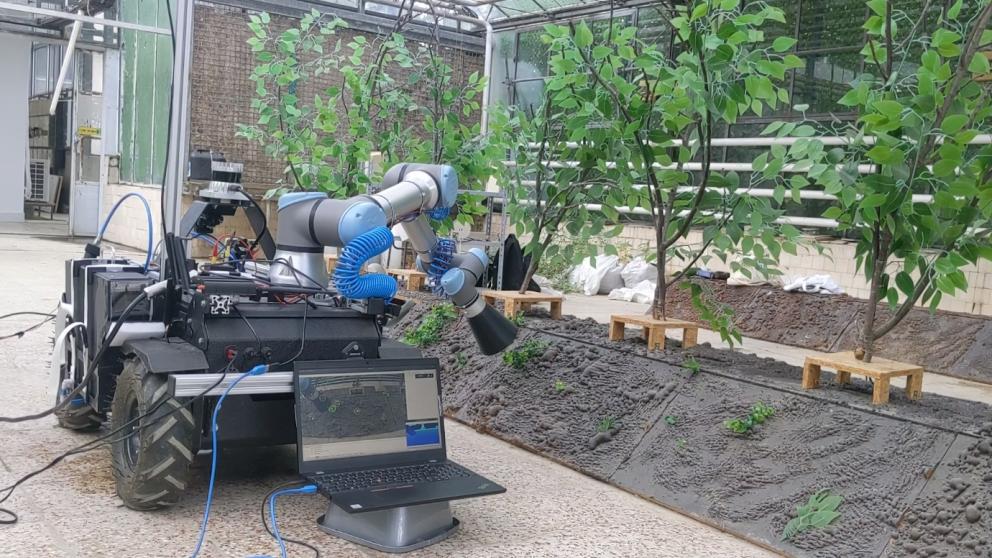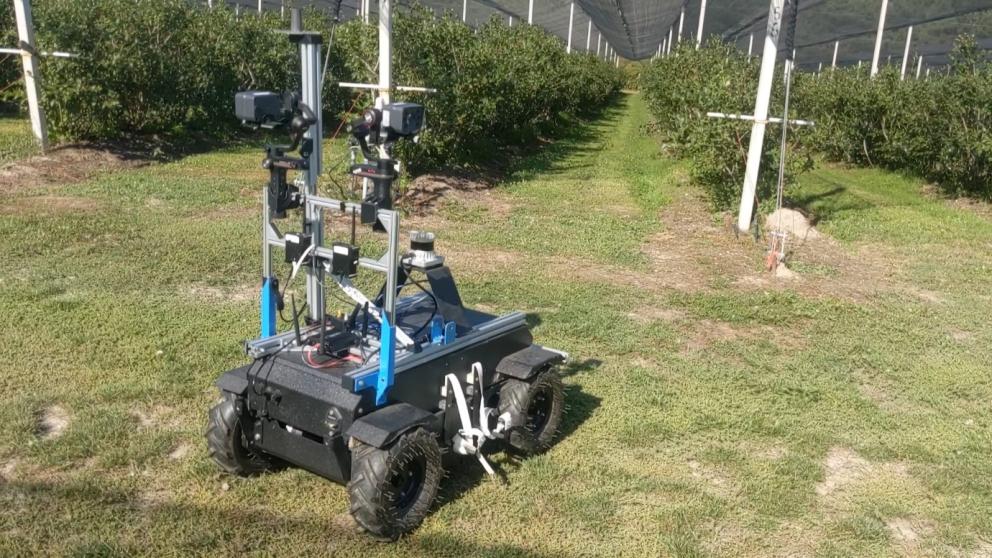As the project is reaching its final stage, we are shifting from development to testing and deployment of the technologies developed within the past 3 years. It has been a journey from conceptualisation of the technology and definition of user requirements, through the development in the lab, all the way to where we stand now. We successfully tested the robots and their components in the lab and this summer campaign was devoted to experiments on the field. The 4 use-cases covered by this project have been successfully accomplished. Let’s go through them in a bit more detail.
As for yield prediction, we managed to crunch huge quantities of Big Data from hyperspectral cameras mounted on a UAV. Advanced AI and computer vision algorithms allowed us to get crucial information from different parts of the spectrum and relate these spectral properties to the level of micronutrients. These maps help farmers understand the state of their crops and allow them to optimise fertiliser application. What is more, they are the basis for our yield prediction algorithm, using which, the farmer can not only optimise field operations, but also arrange logistics, distribution and sales of blueberries.
UGVs have also become ready for field application. The soil sampling apparatus was thoroughly tested and proved to work very well. It means that farmers can cut the time needed for soil analysis and save a lot of effort on going through the field and digging out the soil samples. This was made available by collaborative action of the UAV - for zone delineation and definition of sampling locations, and the navigation algorithm, that optimises the route, thus saving the precious energy and extending the area covered using a single battery charge.
Our UGV, or the AgRobot Gari, as we like to call him, has also been employed to spray the weeds. Again, this was made possible by state-of-the-art computer vision algorithms for weed detection in on-board camera footage, and meticulous positioning of the robotic arm. In this way only weeds are sprayed and not the plants, creating a healthier environment for the blueberries and saving on expensive herbicides, in accordance with the paradigm of precision agriculture.
Last but not least, we used Gari as a platform for scanning the fields with Plant-O-Meter, an optical sensing device developed at BioSense Institute, which assesses the plant health and nutrient or water deficiencies, for an extra layer of data for the farmers. In this way, farmers are getting actionable insights from our robots, and their collaborative action within the “super-scenario” is what brings the highest value for the end-user.
In the final months of the project, we will focus on further assessment of robot performance and benefits they bring to the farmers. We will look for opportunities for technology transfer, commercialisation and exploitation, so that in the future robots can work on farms alongside people, doing the tedious monotonous jobs and helping us to produce healthy food and build a sustainable future.




